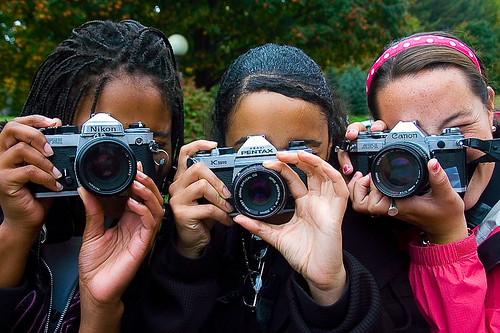Without conscious intent, this campus evolved over 162 years with arts facilities scattered here and there. It was serendipitous, then, that the physical presence of the arts became a metaphor for the integration of aesthetics in the life of the community. The music studio is to the northeast; voice is in the stone chapel; woodshop and metalshop in the Alan Shepard Boathouse.

The building we know as Slocumb Hall is believed to have been constructed as the village livery stable in 1835. Renovated at the turn of the century, it has served as a boat-building shop, gymnasium, dance hall, and--for the past forty years--as home to Proctor's immensely popular studio art and ceramics programs. Here is Slocumb Hall a century ago, on a rutted North Street prior to paving. (Notice that Gulick House and Cary House--which burned in 1977--have not been built.)

Its location at the center of campus, adjacent to academic classroom buildings, appropriately conveys the role of the arts at Proctor. Yet who knew that this classic New England barn would become a key part of a highly independent independent school? In the 1950s, the stream coursing eastward through campus was dammed to create the school's first hockey rink. Today, Proctor Pond and Slocumb create a central quad.
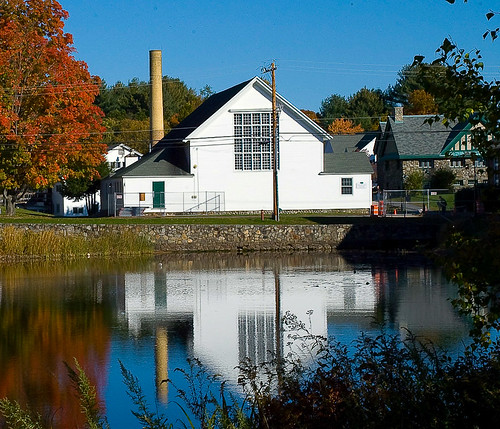
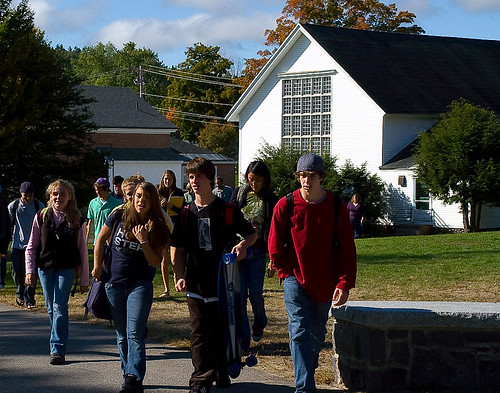
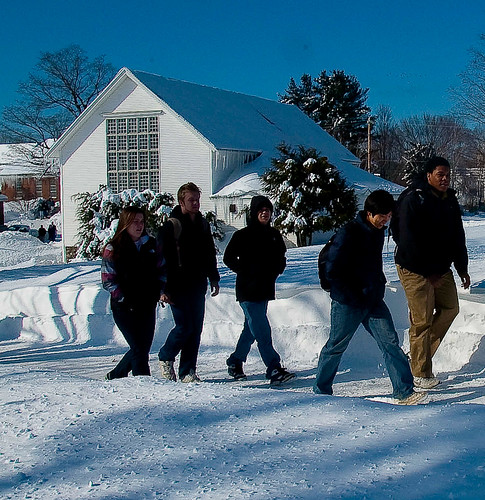
Slocumb is undergoing yet another change! A generous gift by an alumnus whose career was advanced by the arts spurred plans for the renovation of the entire north side. The north wing (an add-on that once was a small dormitory) has been demolished.

A new slab foundation has been poured (with great care to preserve the original stone-pile foundation of the original, central structure,) and a 22-by-70 foot addition is going up.
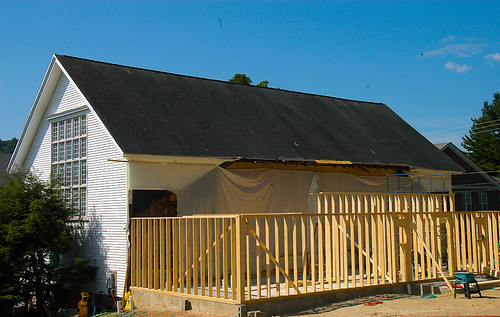
The addition features a new main entryway into an air-lock vestibule which leads to a welcoming lobby with men's and women's rooms on each side. Proceeding ahead, one enters the existing studio art and ceramics studios. Off to the side of the lobby will be facilities suited to the school's popular photography programs: a classroom, darkroom spaces, a photo studio and mat-cutting room.

Given the popularity and artistic quality of photography at Proctor, it is remarkable that--for 33 years--the program has utilized converted closets in Shirley Hall for film processing and development! Some students who will benefit from the new facilities will be beginners in photo skills course. Others will be studying photography as an academic major course. Experienced artists will spend spring afternoons exploring alternative photography, cyanotypes, chemical applications, self-made pinhole cameras....wherever the imagination leads.
